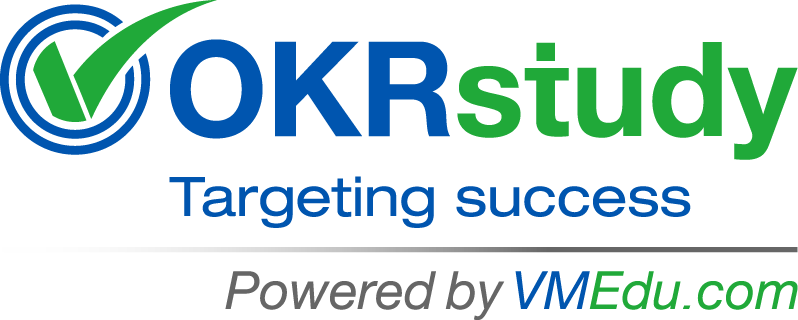6.1.1.1 Company Vision and Mission
The company vision and mission serve as the foundational inputs during the process of understanding strategic vision and priorities for OKR implementation. A well-defined vision articulates the organization’s long-term aspirations, while the mission outlines the core purpose and values guiding daily operations. These elements provide a clear strategic direction, ensuring that the OKRs align with the organization’s ultimate objectives. When setting OKRs, referring to the vision and mission helps teams focus on impactful goals, avoiding misaligned efforts. Understanding these foundational statements fosters coherence across teams, ensuring that every objective contributes to the organization’s overarching success.
6.1.1.2 Senior Management
Senior management plays a pivotal role as an input in the OKR implementation process, bringing strategic insights and leadership perspectives to define priorities. Their involvement ensures that the OKRs reflect the organization’s critical business objectives and growth aspirations. Senior leaders facilitate the communication of high-level goals across departments, fostering alignment and buy-in from teams. They provide guidance on resource allocation, risk assessment, and performance expectations, ensuring that objectives are ambitious yet realistic. Their support promotes a culture of accountability and clarity, laying the groundwork for a successful OKR rollout.
For more information, see sections 3.2 to 3.12.
6.1.1.3 Organization Structure
The organization structure influences how OKRs are developed, cascaded, and managed across various teams and departments. A clear structure helps identify key decision-makers and accountability owners, enabling seamless coordination during goal-setting. Whether hierarchical or matrixed, understanding the organization’s structure allows teams to align objectives vertically and horizontally, avoiding silos and promoting cross-functional collaboration. The structure shapes how dependencies are managed, ensuring that individual, team, and company-wide objectives reinforce one another. It also aids in defining the flow of information and escalation paths, fostering transparency and efficiency throughout the OKR cycle.
